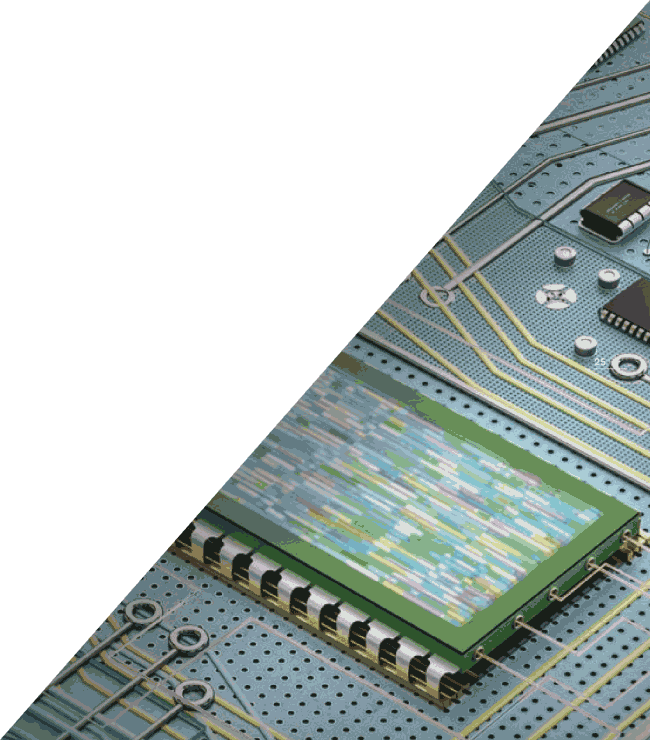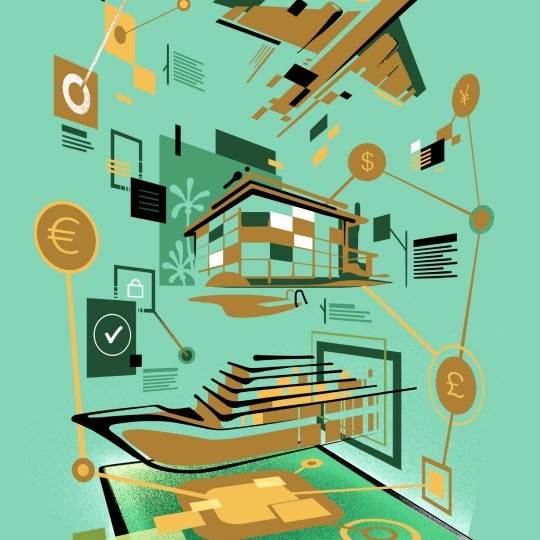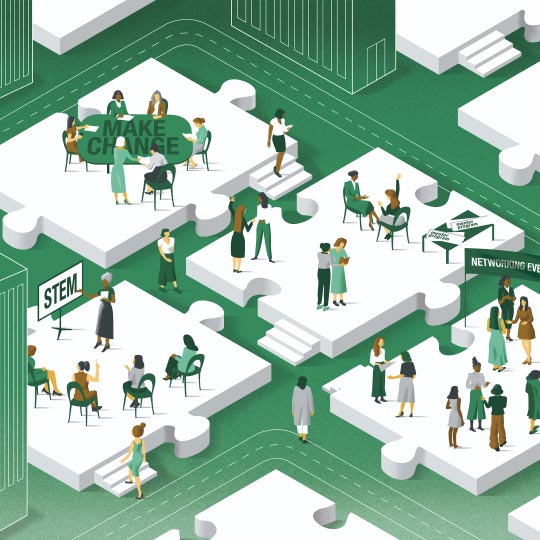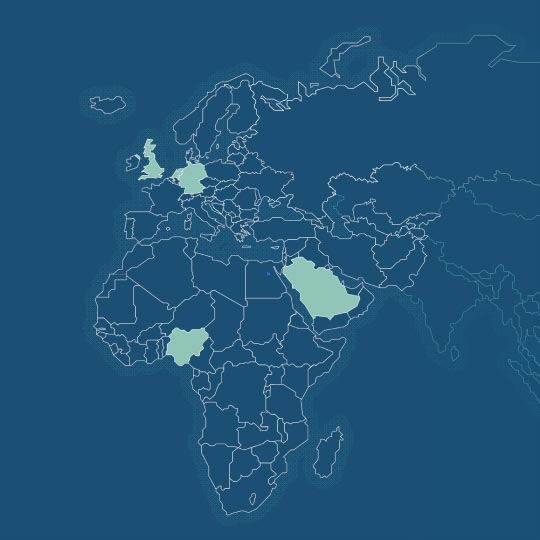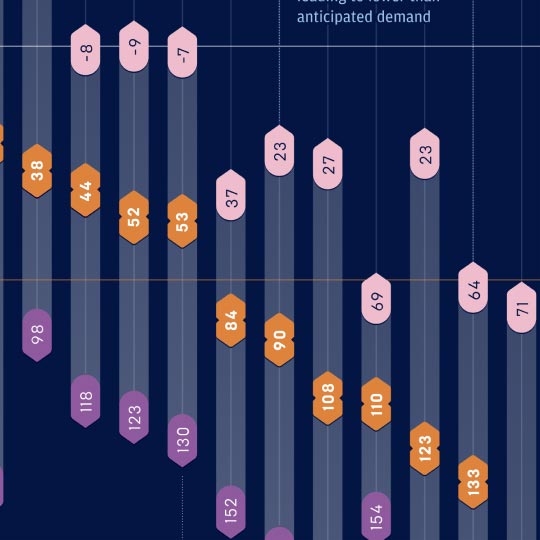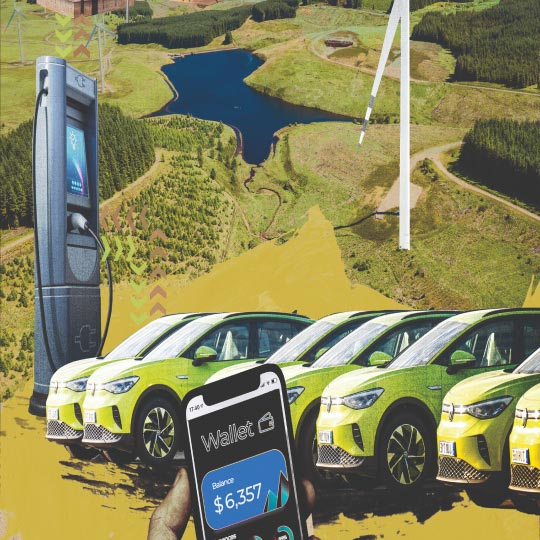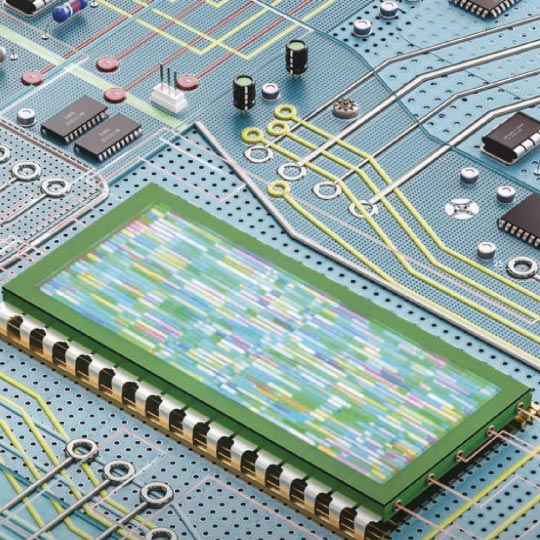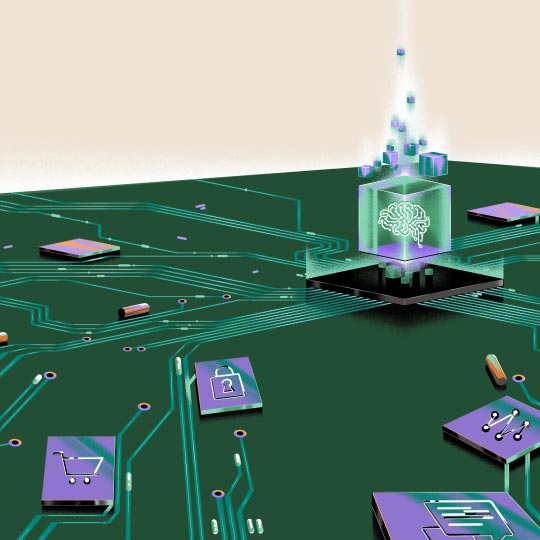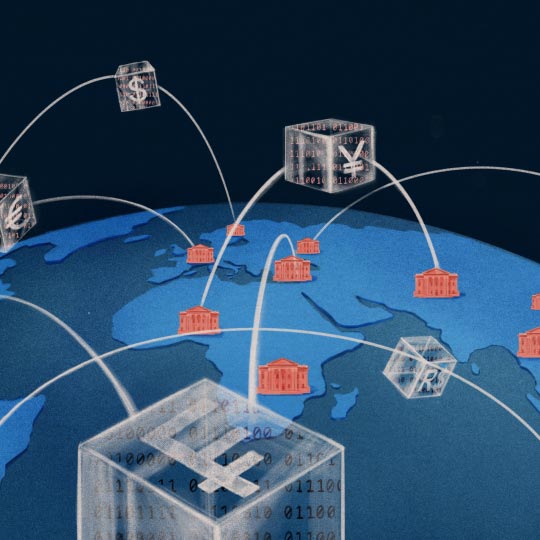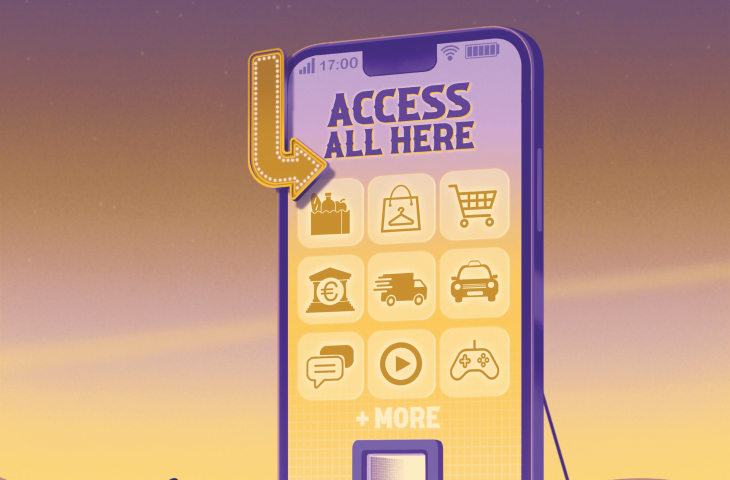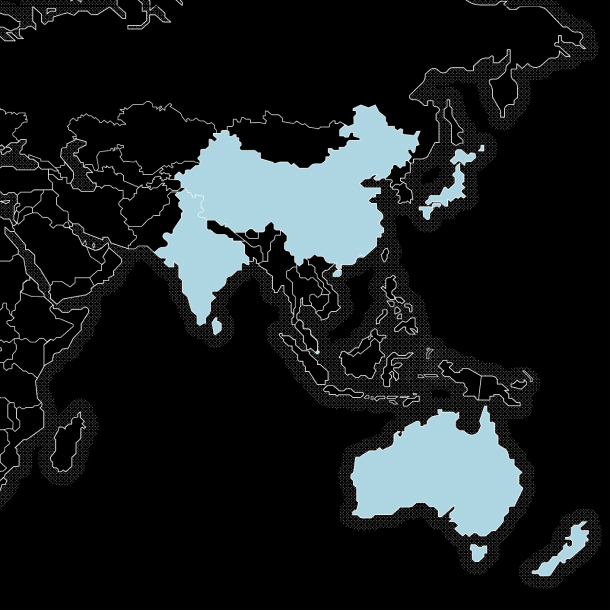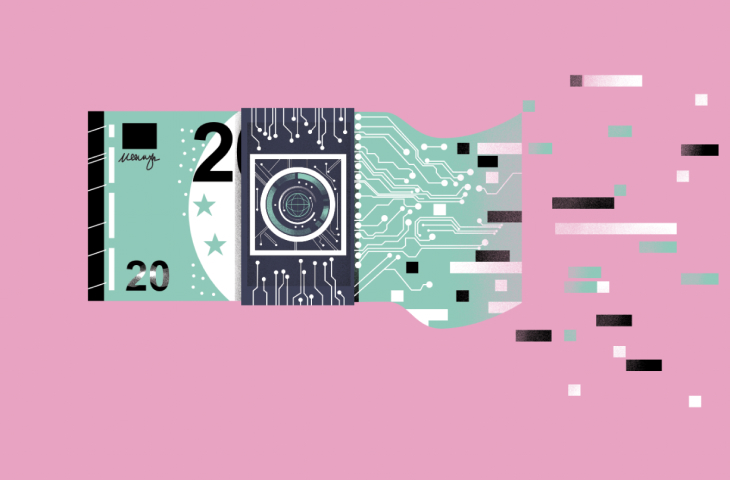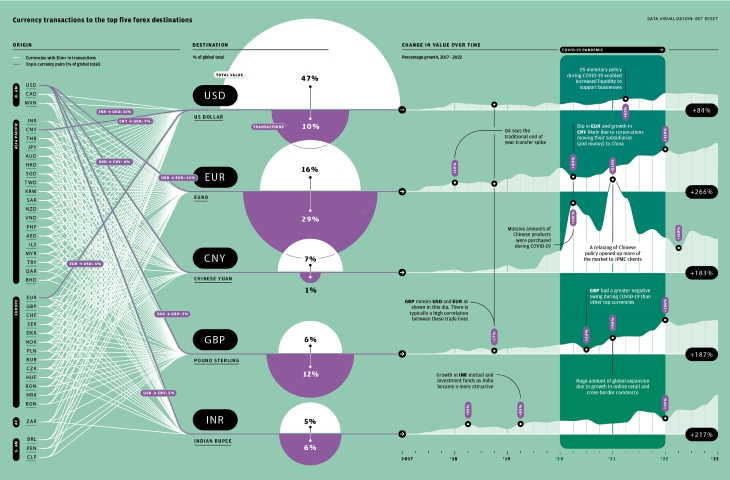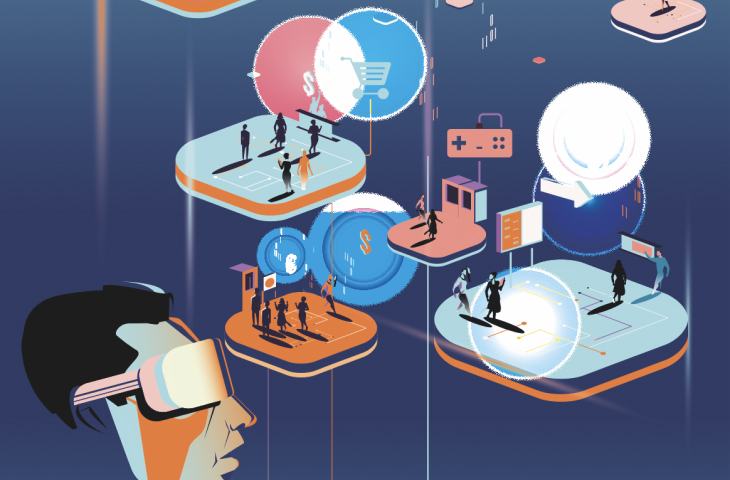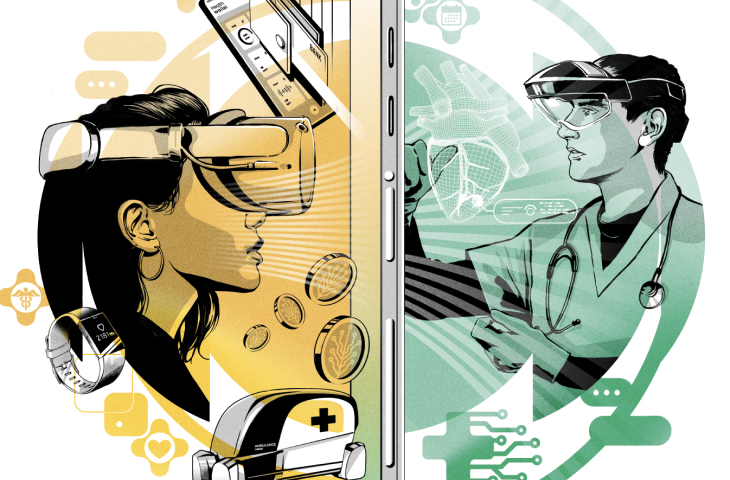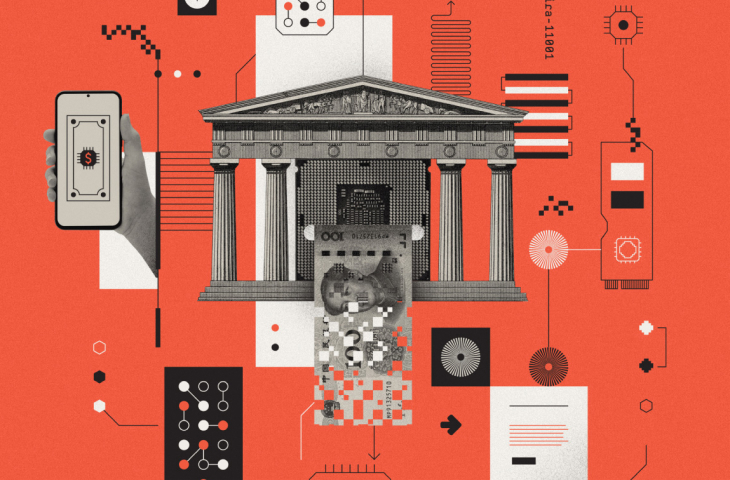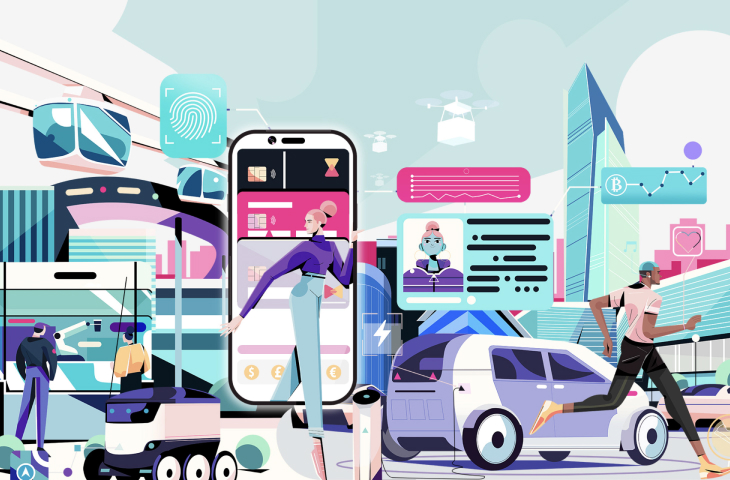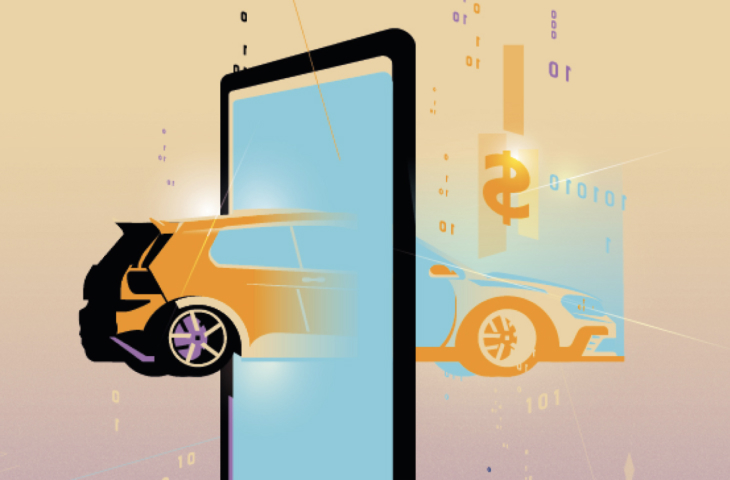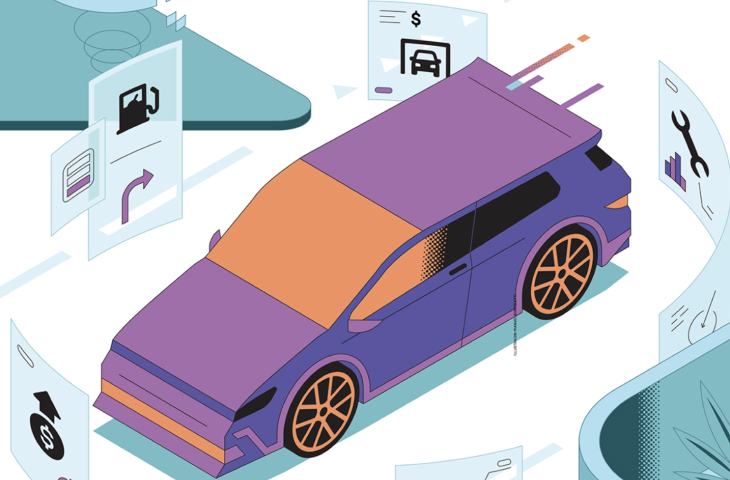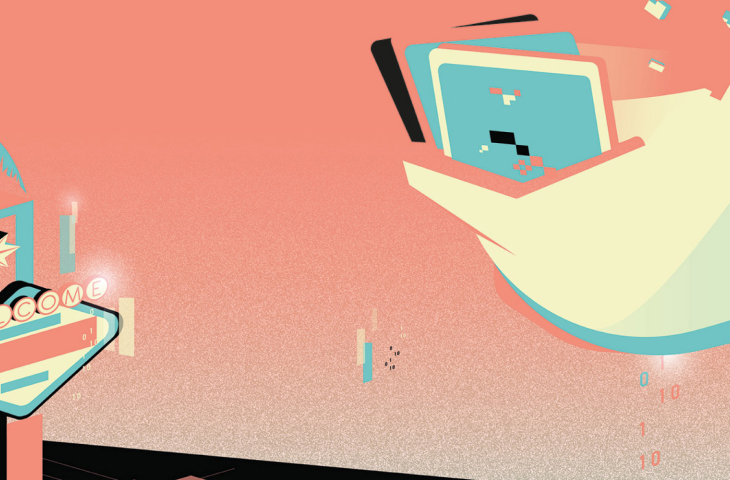From startups to legacy brands, you're making your mark. We're here to help.
-
Innovation Economy
Fueling the success of early-stage startups, venture-backed and high-growth companies.
-
Midsize Businesses
Keep your company growing with custom banking solutions for middle market businesses and specialized industries.
-
Large Corporations
Innovative banking solutions tailored to corporations and specialized industries.
-
Commercial Real Estate
Capitalize on opportunities and prepare for challenges throughout the real estate cycle.
-
Community Impact Banking
When our communities succeed, we all succeed. Local businesses, organizations and community institutions need capital, expertise and connections to thrive.
-
International Banking
Power your business' global growth and operations at every stage.
Key Links
Prepare for future growth with customized loan services, succession planning and capital for business equipment.
-
Asset Based Lending
Enhance your liquidity and gain the flexibility to capitalize on growth opportunities.
-
Equipment Financing
Maximize working capital with flexible equipment and technology financing.
-
Trade & Working Capital
Experience our market-leading supply chain finance solutions that help buyers and suppliers meet their working capital, risk mitigation and cash flow objectives.
-
Syndicated Financing
Leverage customized loan syndication services from a dedicated resource.
-
Commercial Real Estate
Capitalize on opportunities and prepare for challenges throughout the real estate cycle.
-
Employee Stock Ownership Plans
Plan for your business’s future—and your employees’ futures too—with objective advice and financing.
Key Links
Institutional Investing
Serving the world's largest corporate clients and institutional investors, we support the entire investment cycle with market-leading research, analytics, execution and investor services.
-
Institutional Investors
We put our long-tenured investment teams on the line to earn the trust of institutional investors.
-
Markets
Direct access to market leading liquidity harnessed through world-class research, tools, data and analytics.
-
Prime Services
Helping hedge funds, asset managers and institutional investors meet the demands of a rapidly evolving market.
-
Global Research
Leveraging cutting-edge technology and innovative tools to bring clients industry-leading analysis and investment advice.
-
Securities Services
Helping institutional investors, traditional and alternative asset and fund managers, broker dealers and equity issuers meet the demands of changing markets.
Key Links
Providing investment banking solutions, including mergers and acquisitions, capital raising and risk management, for a broad range of corporations, institutions and governments.
-
Center for Carbon Transition
J.P. Morgan’s center of excellence that provides clients the data and firmwide expertise needed to navigate the challenges of transitioning to a low-carbon future.
-
Corporate Finance Advisory
Corporate Finance Advisory (“CFA”) is a global, multi-disciplinary solutions team specializing in structured M&A and capital markets. Learn more.
-
Development Finance Institution
Financing opportunities with anticipated development impact in emerging economies.
-
Sustainable Solutions
Offering ESG-related advisory and coordinating the firm's EMEA coverage of clients in emerging green economy sectors.
-
Mergers and Acquisitions
Bespoke M&A solutions on a global scale.
-
Capital Markets
Holistic coverage across capital markets.
Key Links
A uniquely elevated private banking experience shaped around you.
-
Banking
We have extensive personal and business banking resources that are fine-tuned to your specific needs.
-
Investing
We deliver tailored investing guidance and access to unique investment opportunities from world-class specialists.
-
Lending
We take a strategic approach to lending, working with you to craft the fight financing solutions matched to your goals.
-
Planning
No matter where you are in your life, or how complex your needs might be, we’re ready to provide a tailored approach to helping your reach your goals.
Whether you want to invest on your own or work with an advisor to design a personalized investment strategy, we have opportunities for every investor.
-
Invest on your own
Unlimited $0 commission-free online stock, ETF and options trades with access to powerful tools to research, trade and manage your investments.
-
Work with our advisors
When you work with our advisors, you'll get a personalized financial strategy and investment portfolio built around your unique goals-backed by our industry-leading expertise.
-
Expertise for Substantial Wealth
Our Wealth Advisors & Wealth Partners leverage their experience and robust firm resources to deliver highly-personalized, comprehensive solutions across Banking, Lending, Investing, and Wealth Planning.
Explore a variety of insights.
Key Links
Insights by Topic
Explore a variety of insights organized by different topics.
Key Links
Insights by Type
Explore a variety of insights organized by different types of content and media.
Key Links
We aim to be the most respected financial services firm in the world, serving corporations and individuals in more than 100 countries.
Key Links

EVs will disrupt the grid—
but they may also save it
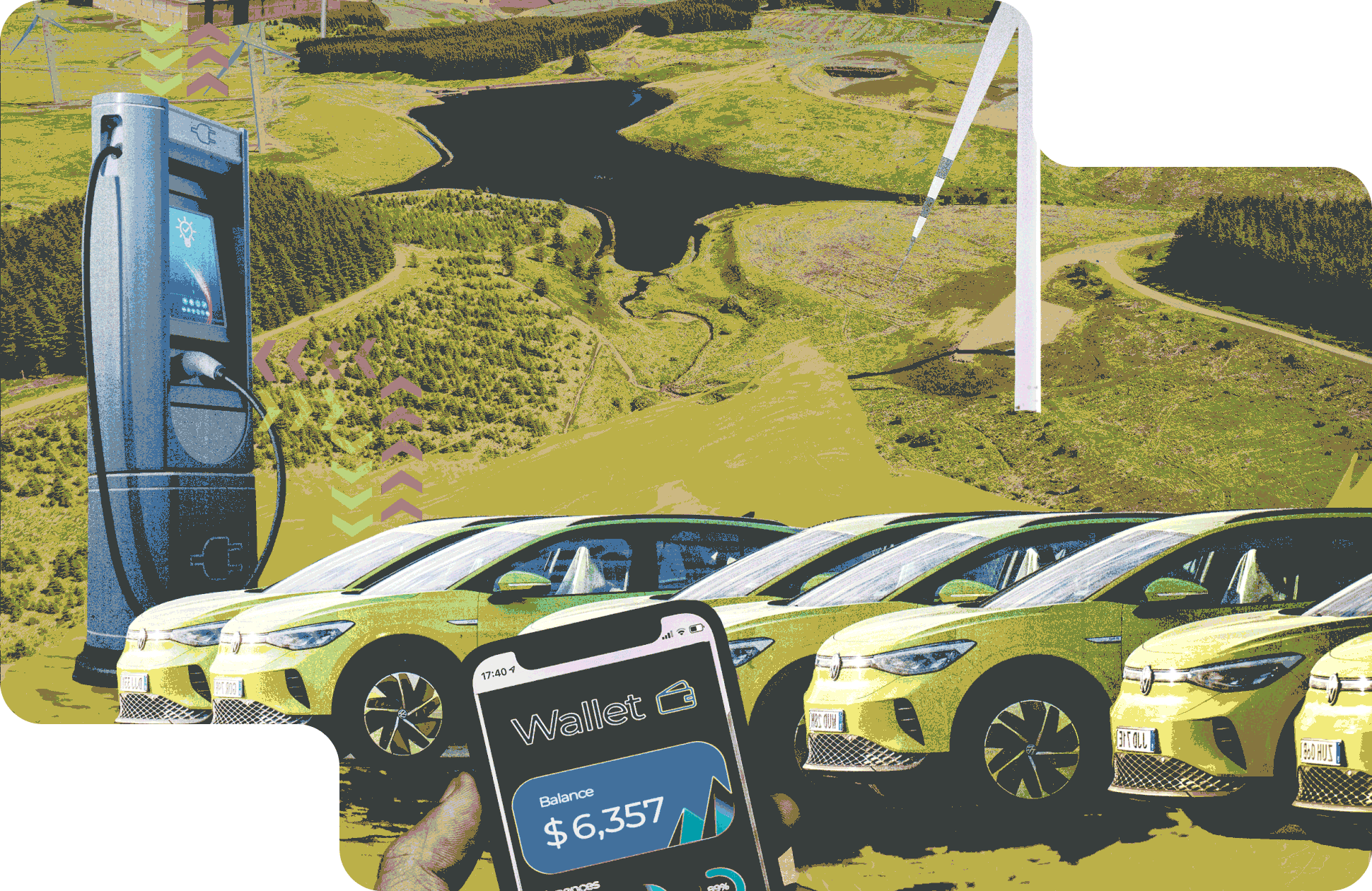
It will depend on whether we can rethink how we use electricity, and payments innovations can help
Wired OP-ED
Electric vehicles (EVs) could soon hit a tipping point. Improvements in batteries and charging infrastructure, alongside national policies enforcing adoption, mean that gas-powered cars may soon look old-fashioned. According to research by the International Energy Agency, EVs will make up 60 percent of new vehicles sold globally by 2030.
That’s good news for the environment, but bad news for a power grid that is already groaning under strain. Solving the problem will involve rethinking how we use electricity—and the payments sector could have a role to play.
To understand why EVs are such a challenge for the power grid, consider how the wider picture of electricity production is changing. The carbon cost of using fossil fuels such as coal and gas make switching to renewable energy sources essential in tackling climate change. The problem is that they are intermittent. When the sun doesn’t shine, or the wind doesn’t blow, they don’t generate power. With current technology, it’s a situation that necessitates keeping back-up power plants, burning reliable but dirty hydrocarbon fuel, poised to step in.
Owning an electric vehicle increases the average household’s electricity consumption by approximately 70 percent, according to energy supplier Ovo Energy. If everyone with an EV charged at peak time, the strain on the grid would be enormous. Clearly, that problem is exacerbated if power generation is unpredictable.
That’s where emerging “smart charging” approaches can help. Tariffs that change dynamically—billing less for power when there’s a surplus, and charging more when there’s a shortage—can incentivize EV owners to replenish their batteries at optimal times. That’s not only about matching supply to demand,but encouraging staggered charging to avoid spikes in usage.
For this to be effective, it’s likely that appliances such as electric vehicles will have to be able to autonomously make decisions about when to charge and by how much. The reluctance of households to switch energy suppliers to take advantage of clear savings shows how intractable consumer inertia can prove to be.
But the most transformative aspect of smart charging is how it could give EVs a new role in the grid itself. Their cumulative power storage capacity effectively represents a huge distributed battery. A typical EV battery could meet an average household’s electricity needs for around four days, says Ovo. Bi-directional charging, which the company is trialing, could allow EV owners to sell their vehicle’s power back to the grid when necessary in order to bolster supply. This could play a key role in a wider “smart energy” future that also embraces technology such as in-home batteries and domestic solar panels to create a grid that’s more efficient and resilient.
If vehicle-to-grid technology becomes widely available, it would provide a new opportunity for payments providers. The act of selling back to the grid could simply involve an energy supplier crediting a customer’s bill by the commensurate amount. But making it feel more like income—like the consumer has “made a sale”—could nudge more people to participate in these programs. This could just entail facilitating cash payments to customer bank accounts. But a more complex idea being explored by the financial services industry is how digital wallets could be used to gamify the experience and build it into a loyalty program. If users accumulated credits whenever they sold power, for example, these could either be converted into cash or spent directly with their energy supplier or a third party in return for discounts.
Right now, these projects are at an embryonic stage. But with net zero commitments high on the geopolitical agenda, it’s a future that may arrive faster than we think.
BY WIRED
SOURCES AS PER WIRED, AUG 2023
ILLUSTRATION: MICHELLE THOMPSON
Need approved text
Need approved text
You're now leaving J.P. Morgan
J.P. Morgan’s website and/or mobile terms, privacy and security policies don’t apply to the site or app you're about to visit. Please review its terms, privacy and security policies to see how they apply to you. J.P. Morgan isn’t responsible for (and doesn’t provide) any products, services or content at this third-party site or app, except for products and services that explicitly carry the J.P. Morgan name.
